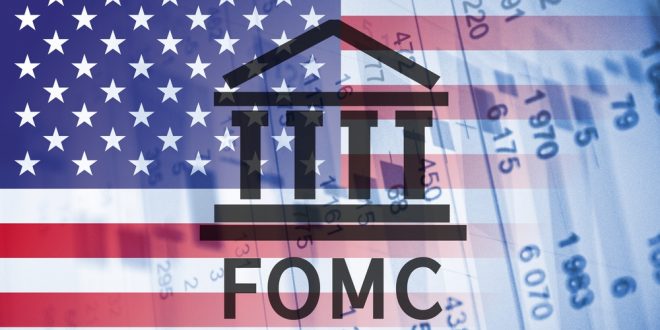Fed is often in the headlines whenever talk is about interest rates. Lenders know that its primary goal is to promote a strong US economy using monetary policy, with maximum employment, stable prices, and moderate long-term interest rates as goals.
When prices are stable, long-term rates remain at moderate levels, so the goals of price stability and moderate long-term interest rates go together.
The Fed acts at the direction of the Federal Open Market Committee (FOMC). The FOMC holds eight regularly scheduled meetings during the year, and other meetings as needed.
The next FOMC meeting is scheduled for mid-December, but after its meeting in early November it announced plans to start reducing purchases of securities by $15 billion each month. Fed Chairman Jerome Powell announced the Fed will begin tapering purchases of mortgage-backed securities (MBS), including bonds.
The Fed plans to slow the pace of asset purchases by $15 billion monthly ($10 billion in Treasury securities and $5 billion from MBS), with the possibility of altering that amount depending on the economic recovery. He did not say what factors would warrant changing the pace of tapering, a smart move as economic news can change quickly.
Fed has been purchasing approximately 50 percent of the Agency production for several months now, so the announcement of the tapering that began in mid-November could be cause for concern.
The Fed left rates unchanged at the meeting, as expected, but finally announced plans to stop buying mortgage and treasury bonds by mid-2022. With COVID case counts receding further, and progress on vaccinations, economic growth should pick up this quarter, resulting in strong growth for the year as a whole,” Powell said.
So, the “chicken and the egg” issue does persist: Will this move increase mortgage interest rates, or were the economic conditions that drove the FOMC’s decision already pushing rates higher?
The Fed has been buying these securities at low rates, keeping mortgage rates at historic lows. It is quite possible that rates will continue to inch up, increasing the urgency for homeowners considering refinancing, but that is because economic conditions warrant it, not because the Fed is driving it.
The Fed has been very clear it wants to finish tapering bond purchases by the middle of 2022. In fact, late in November, Powell told Congress the FOMC will consider accelerating the tapering during its December meeting due to concern over inflation, which saw prices spike 6.2% in October.
Historically, the Fed has not made an active policy of buying securities, so ending them is viewed as a return to normality. The Fed has also said there will be no rate hikes until it is finished tapering, and the tapering itself is expected to be done in a systematic and predictable manner: a little bit each month, unless there are changes in the economic outlook.
The FOMC is smart to maneuver against inflation, and the Fed may finish bond-buying sooner, opening the door to rate hikes sooner. For example, if inflation picks up its pace, or employment continues to improve unexpectedly dramatically.
It is noteworthy that stock investors keep their eyes on the labour market as well even as traders and central bank policymakers focus on inflation and the monetary policy that addresses it.
Since the 1990s the stock market has traded in line with progress in the labor market as the US economy transitioned away from manufacturing and toward services. The inverted unemployment rate largely mirrors moves in the S&P 500 Index.
 Noor Trends News, Technical Analysis, Educational Tools and Recommendations
Noor Trends News, Technical Analysis, Educational Tools and Recommendations





